Community Tip - If community subscription notifications are filling up your inbox you can set up a daily digest and get all your notifications in a single email. X
- Community
- Creo+ and Creo Parametric
- 3D Part & Assembly Design
- Re: number of parts in subassembly BOM
- Subscribe to RSS Feed
- Mark Topic as New
- Mark Topic as Read
- Float this Topic for Current User
- Bookmark
- Subscribe
- Mute
- Printer Friendly Page
number of parts in subassembly BOM
- Mark as New
- Bookmark
- Subscribe
- Mute
- Subscribe to RSS Feed
- Permalink
- Notify Moderator
number of parts in subassembly BOM
Hello,
I use multisheet drawings and would like to sort out a prolblem with number of parts in subassembly sheets.
We must use a specific method of numbering (that cannot be driven by repeat region atributes) where each subassembly drawing contains total number of subassemblies and total number of each part. That's why we have to rewrite number of parts in each subassembly drawing manually.
My question is following: is there some way to sort this out so that its made automatically?
thanks in advance
Tom
This thread is inactive and closed by the PTC Community Management Team. If you would like to provide a reply and re-open this thread, please notify the moderator and reference the thread. You may also use "Start a topic" button to ask a new question. Please be sure to include what version of the PTC product you are using so another community member knowledgeable about your version may be able to assist.
Solved! Go to Solution.
- Labels:
-
2D Drawing
- Tags:
- drawing bom
Accepted Solutions
- Mark as New
- Bookmark
- Subscribe
- Mute
- Subscribe to RSS Feed
- Permalink
- Notify Moderator
Ok, i see. This is a problem with the actual amount of each component, not with rpt.index.
Scratch what i said in my previous post about relations, sort, etc. Pictures explain it better.
This might be a little harder to grasp but let me try to explain... The subassembly by itself cannot tell how many times it is used in the top level assembly as well as how many times are used it's own parts in the top level assembly separately.
To get how many times the subassembly and/or it's parts are used you would have to load the top level assembly into the subassembly drawing and then change the Model/Rep in the table's Repeat Region to the top level assembly.
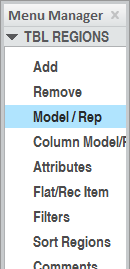
This solution creates two model/rep references in your subassembly drawing, one to the subassembly model, and one to the top level assembly model. You should think this through before using this solution in case you are going to reuse the subassembly in more than one assembly within Windchill. The need to reuse the subassembly could cause a havoc.
- Mark as New
- Bookmark
- Subscribe
- Mute
- Subscribe to RSS Feed
- Permalink
- Notify Moderator
hi Tomas,
Sure, You might have a parameter called SORT (TRIDENI in Czech) in you start part defined as a type of string. So it appears in each model and can be used to sort the repeat region such that the &rpt.index will always start from number 1.
The trouble with this approach is with library parts such as bolts, nuts, etc., Those do not have the parameter SORT defined on model level. For those you would have to add a relation to the repeat region table that says if SORT does not exist define &rpt.rel.SORT equal to high number, else define &rpt.rel.SORT equal to &asm.mbr.SORT (actually the relation should be defined the other way around).
Finally, you will need to define a symbol for callout containing this \rpt.rel.sort\ as a variable.
~J
- Mark as New
- Bookmark
- Subscribe
- Mute
- Subscribe to RSS Feed
- Permalink
- Notify Moderator
HI James, thank you for your response.
Since I am not good at relation I would like you to help me with the BOM relation. I made some screenshots:
- part parameters with newly created param. SORT.
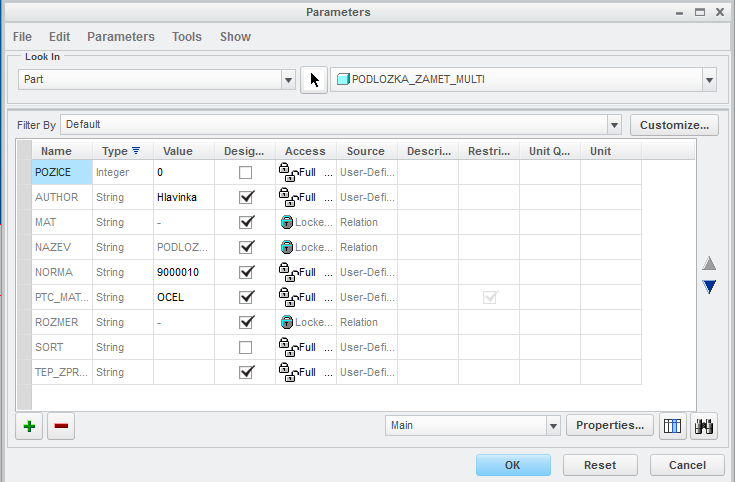
- assembly drawing with total amount of parts
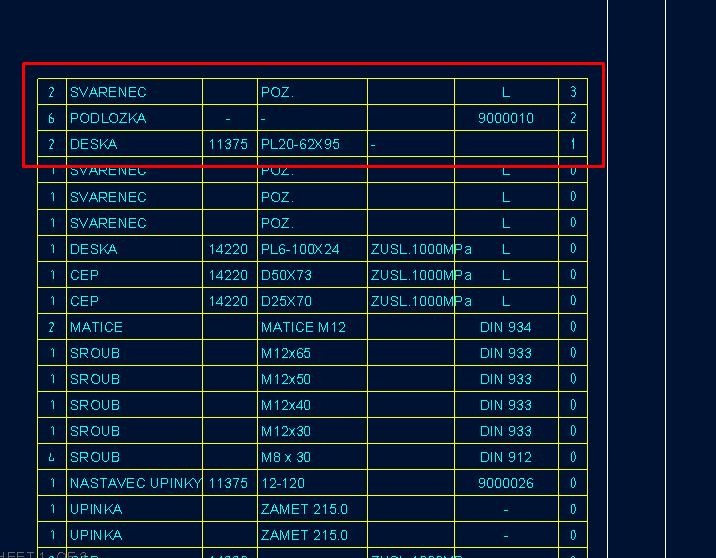
- subassembly drawing with "wrong" amount of parts (saubassemblies)
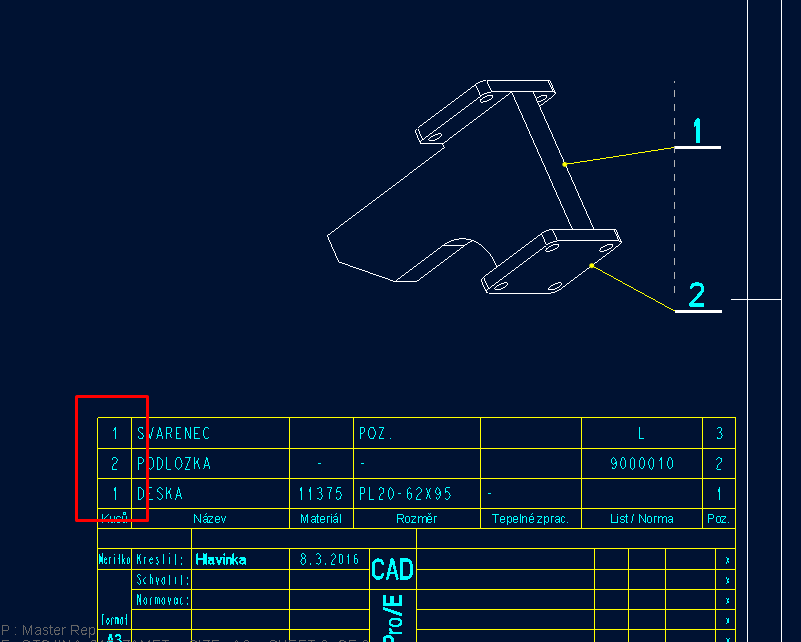
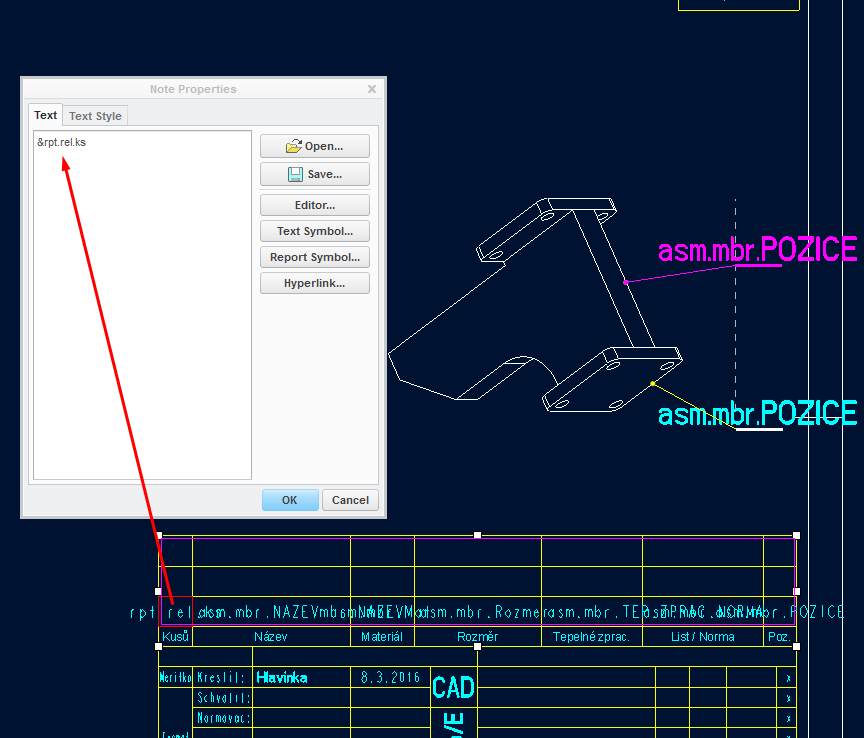
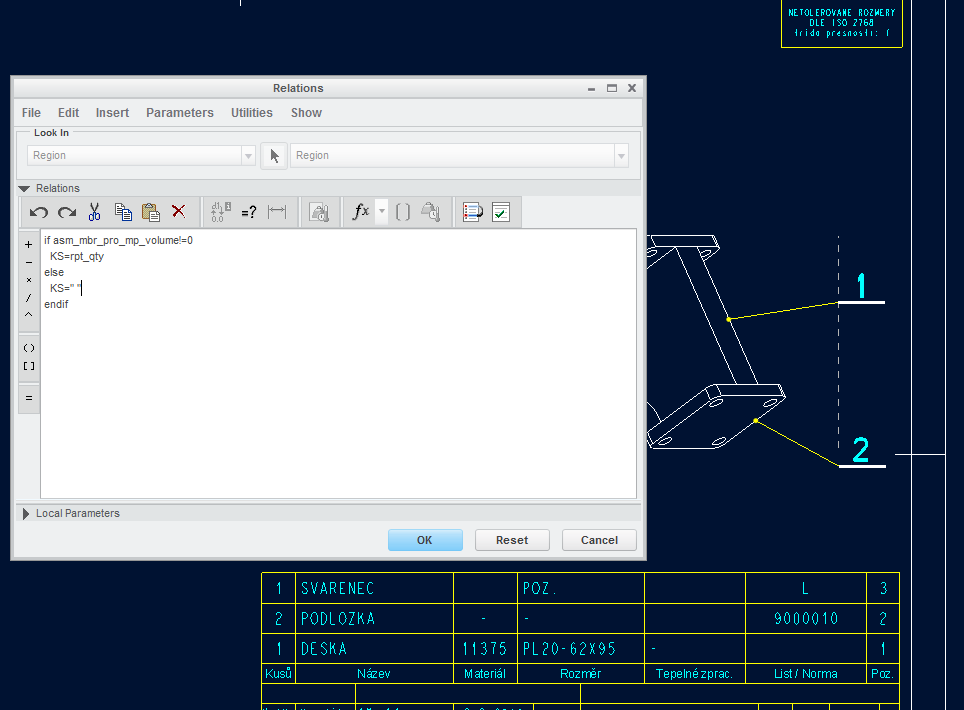
Thanks in advance
Tom
- Mark as New
- Bookmark
- Subscribe
- Mute
- Subscribe to RSS Feed
- Permalink
- Notify Moderator
Ok, i see. This is a problem with the actual amount of each component, not with rpt.index.
Scratch what i said in my previous post about relations, sort, etc. Pictures explain it better.
This might be a little harder to grasp but let me try to explain... The subassembly by itself cannot tell how many times it is used in the top level assembly as well as how many times are used it's own parts in the top level assembly separately.
To get how many times the subassembly and/or it's parts are used you would have to load the top level assembly into the subassembly drawing and then change the Model/Rep in the table's Repeat Region to the top level assembly.

This solution creates two model/rep references in your subassembly drawing, one to the subassembly model, and one to the top level assembly model. You should think this through before using this solution in case you are going to reuse the subassembly in more than one assembly within Windchill. The need to reuse the subassembly could cause a havoc.
- Mark as New
- Bookmark
- Subscribe
- Mute
- Subscribe to RSS Feed
- Permalink
- Notify Moderator
since we dont use Windchill there should not cause any problem, but I have already tried to resolve this by simplified rep.and found it too complicated so i came back to do the amount by comments.
- Mark as New
- Bookmark
- Subscribe
- Mute
- Subscribe to RSS Feed
- Permalink
- Notify Moderator
If you PM me your email address i can send you a video that explains it. It is not that complicated as it may seem at first.





